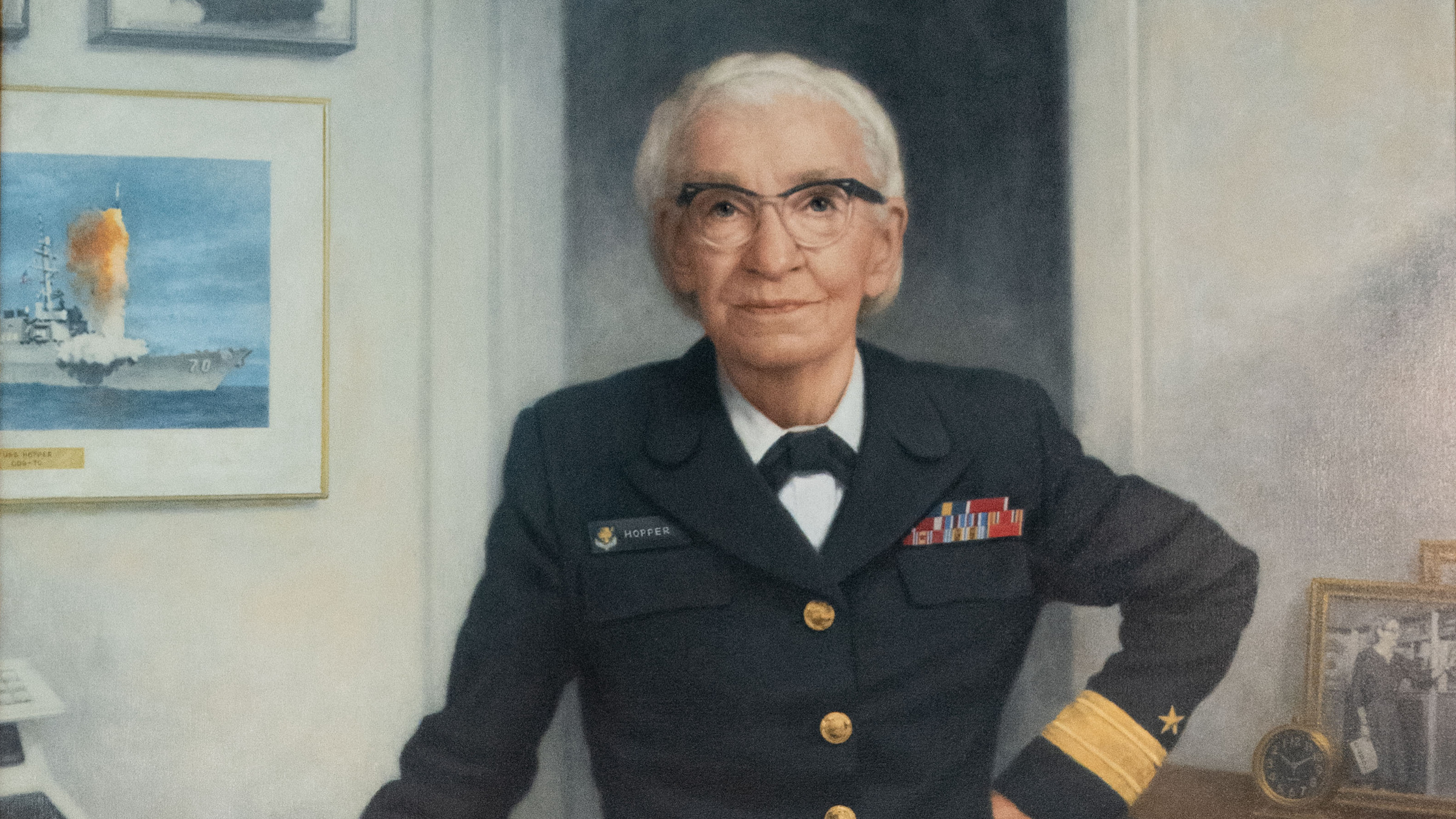Massimo Ficco, Roberto Pietrantuono, and Stefano Russo
Users and wireless ISPs could tap location-based services across networks belonging to other ISPs to create ubiquitous personal networks.
Location-based services have emerged as a main interest of wireless ISPs, or WISPs, and network operators. Positioning mobile devices in the third generation (3G) of wireless communication networks (such as the Universal Mobile Telecommunications System) is crucial to many commercial services, including location applications that utilize accurate positioning (such as handset navigation tracking and locating points of interest); public and private emergency services, calling firefighters, medical teams, and emergency roadside assistance; and future applications (such as fraud detection, location-sensitive billing, and advertising).
However, positioning techniques vary by accuracy, implementation cost, and application scenarios (such as indoor and outdoor). WISPs can exploit their availability in order to locate their users in heterogeneous environments by using the most suitable positioning technique in a manner transparent to the user.
The recent interworking between 3G systems and wireless networks (such as IEEE 802.11 and Bluetooth) allows WISPs to leverage wireless networks for localization purposes. Wireless hotspots in public and private places (such as homes, offices, airports, shopping malls, arenas, hotels, and libraries), along with the new generation of mobile devices supporting multiple positioning technologies (such as GPS, Bluetooth, Wi-Fi, and RFID), fosters WISP development of integrated positioning systems.
Contributed article — DOI: 10.1145/1839676.1839701
Relative Status of Journal and Conference Publications in Computer Science
Jill Freyne, Lorcan Coyle, Barry Smyth, and Padraig Cunningham
Citations represent a trustworthy measure of CS research quality—whether in articles in conference proceedings or in CS journals.
Though computer scientists agree that conference publications enjoy greater status in CS than in other disciplines, there is little quantitative evidence to support this view. The importance of journal publication in academic promotion makes it a highly personal issue, since focusing exclusively on journal papers misses many significant papers published by CS conferences.
This article aims to quantify the relative importance of CS journal and conference papers, showing that those in leading conferences match the impact of those in mid-ranking journals and surpass the impact of those in journals in the bottom half of the Thompson Reuters rankings (http://www.isiknowledge.com) for impact measured in terms of citations in Google Scholar. We also show that poor correlation between this measure and conference acceptance rates indicates conference publication is an inefficient market where venues equally challenging in terms of rejection rates offer quite different returns in terms of citations.
How to measure the quality of academic research and performance of particular researchers has always involved debate. Many CS researchers feel that performance assessment is an exercise in futility, in part because academic research cannot be boiled down to a set of simple performance metrics, and any attempt to introduce them would expose the entire research enterprise to manipulation and gaming. On the other hand, many researchers want some reasonable way to evaluate academic performance, arguing that even an imperfect system sheds light on research quality, helping funding agencies and tenure committees make more informed decisions.
Viewpoint — DOI: 10.1145/1839676.1839703
In Support of Computer Science Teachers and the CSTA
Duncan Buell
A number of recent articles and comments have discussed the imbalance between enrollment and opportunities in computer science and the under-enrollments by minorities and women. An ongoing thread in Peter Denning’s Communications columns and elsewhere concerns the identity of the discipline to which we belong. As the national representative from universities to the board of the Computer Science Teachers Association (CSTA), I continually see the question of the identity of our discipline both within and external to our field.
The identity of computer science is nowhere more important to the discipline of computer science than in the K12 school system. We can instruct our own students in the nature of the discipline, but those we so instruct will only be those who first choose to come to us. If we want more students, and if we want to be understood for what we are, we must clarify the message about computer science that all students will receive as part of their K12 education.
Even if one does not believe that "computer science" should be taught in the K12 system, it is nonetheless necessary for us to be involved in defining for the schools that which is called "computer science." There will be courses in Photoshop, Web design, office tools, A+ certification, networking, and such, and there will be (a smaller number of) courses in Visual Basic, C++, or even Java. The simple fact is that these courses will exist in the schools, and there is nothing fundamentally wrong with that. What is a problem is for students to be misled into thinking that these are all indistinguishable and all equally describable as "computer science."



Join the Discussion (0)
Become a Member or Sign In to Post a Comment